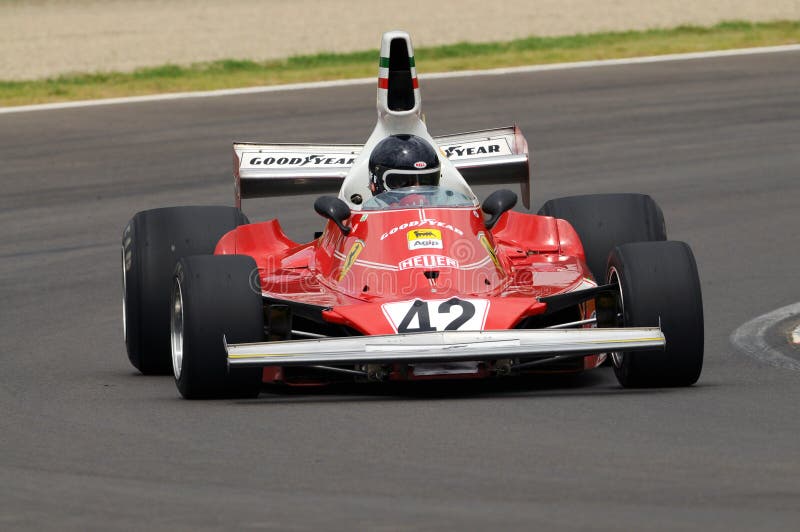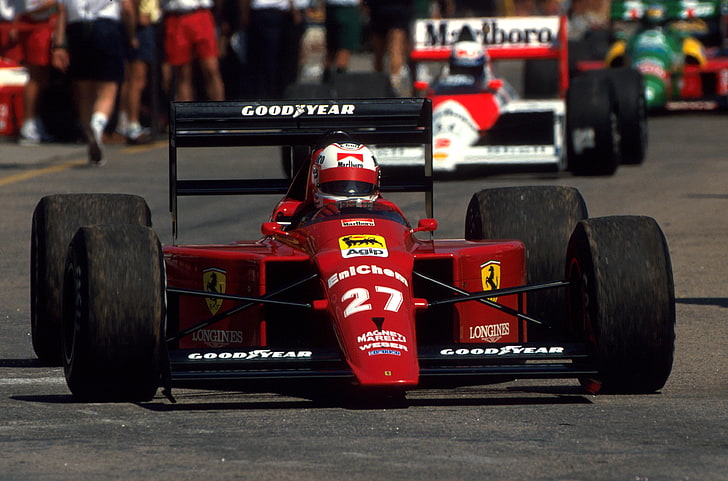JordanMugen wrote: ↑06 Apr 2022, 14:27
I don't agree about the FIA letting them get big, the FIA slashed the width of Grand Prix cars in 1993 and has
never restored it back to the original maximum width regulation from 1972. :evil: (Width being free choice until 1972, just like total height being free choice until 1976 and the total length being free choice until 2021.)
Bring back the full width! =D>
length (and weight) were by 1961 not free choice
(F1/F2 min lengths earlier set ? to exclude motorcycle-powered 'F3-type' eg 1956 152 mph Davis 1150cc Cooper-Vincent)
there was a minimum NA engine size 1300cc specified for the 1961-5 1500cc NA formula 1 (to keep out F Junior/3 ?)
eg Niemann's Lotus 7 had to be lengthened c.2" (and ballasted) to make the F1 minima (1962 SA GP)
(EDIT this car and others were running in the GP in the SA championship under its 4 cyl rules
but SAC seemed to allow then or a bit later F3 cars - hence my assumed attribution of min wheelbase to F1 as above)
the 'full width' exceeds ? in length (wb) the 1100cc Cooper-JAP that Harry Schell drove in the 1950 Monaco GP (WDC)
F3 Cooper-Nortons (500cc singles) could also have been 720cc and still 500 lb
(Charlie Luck's sprint Bill Stuart 715cc 90x113 motor 1961 and Bill Boddice's, Sanby's etc Jim Smith 636cc 90x100 1966)
Norton made 17 600cc 86x103 ? bikes some dohc for the 1949/50 Sidecar GPs etc - 90 bores (86 ??) can be 95 today
Cooper-JAPs/Vincent V-twins could have been 1400 cc supercharged and c.600 lb
there was a Cooper with an NA 1130cc JAP V-twin bottom half with ohc Norton top halves claiming 125 hp
Ferrari made in 1955 a 2.5 litre twin F1 engine - presumably intending a small 'rear-engined' car
the 1969ish 2 litre Porsche hillclimb car (with Beryllium brake discs) weighed c.830 lb



